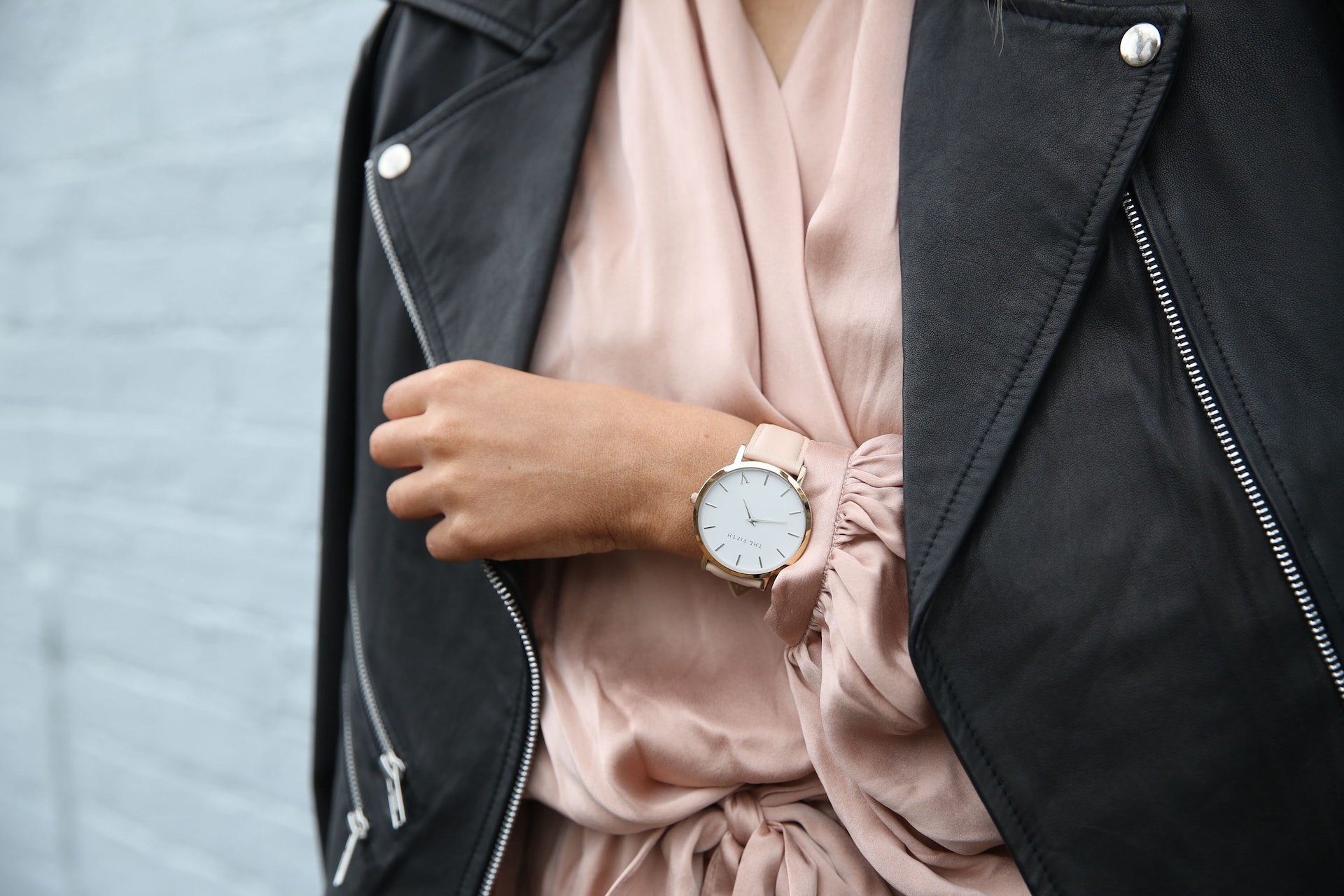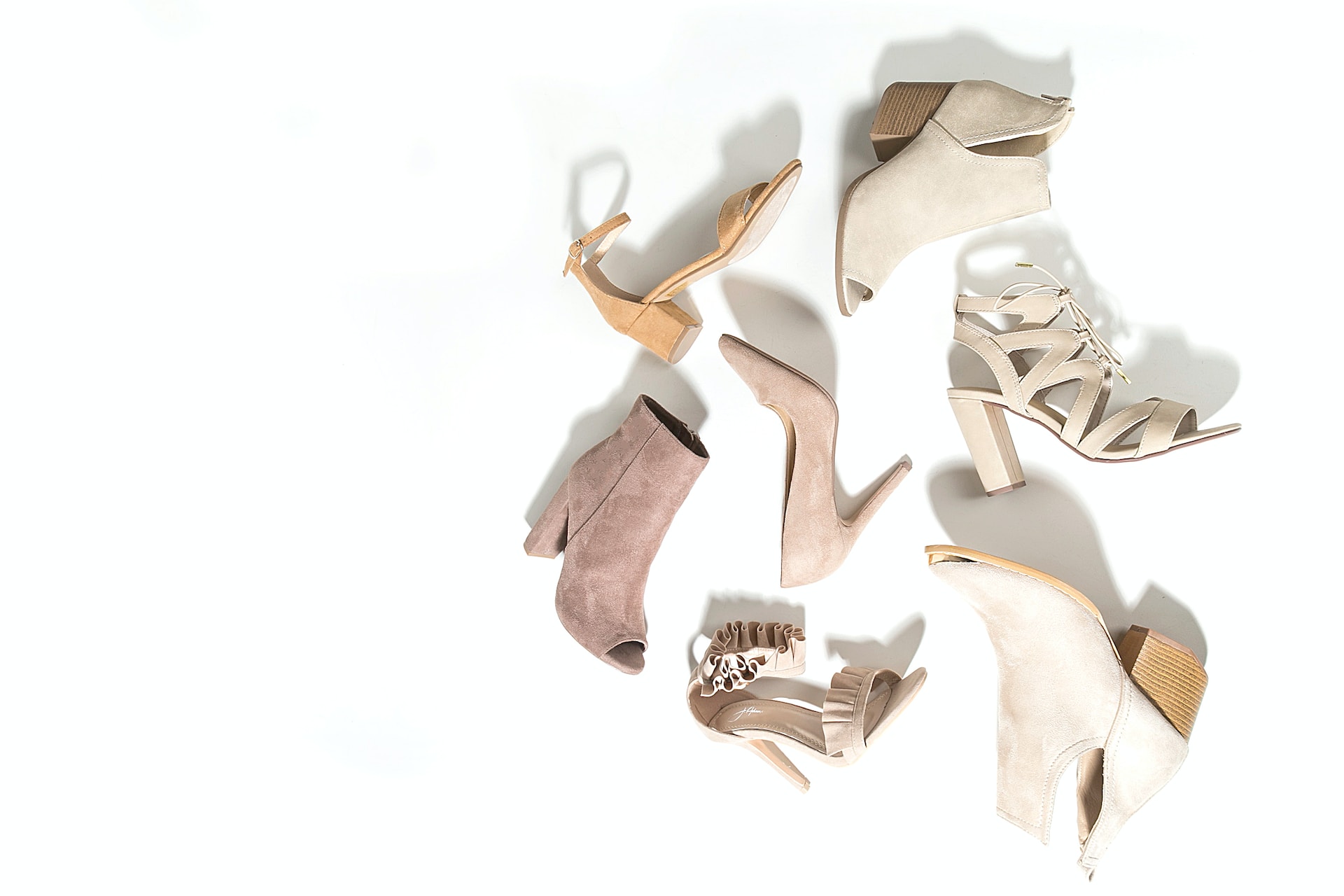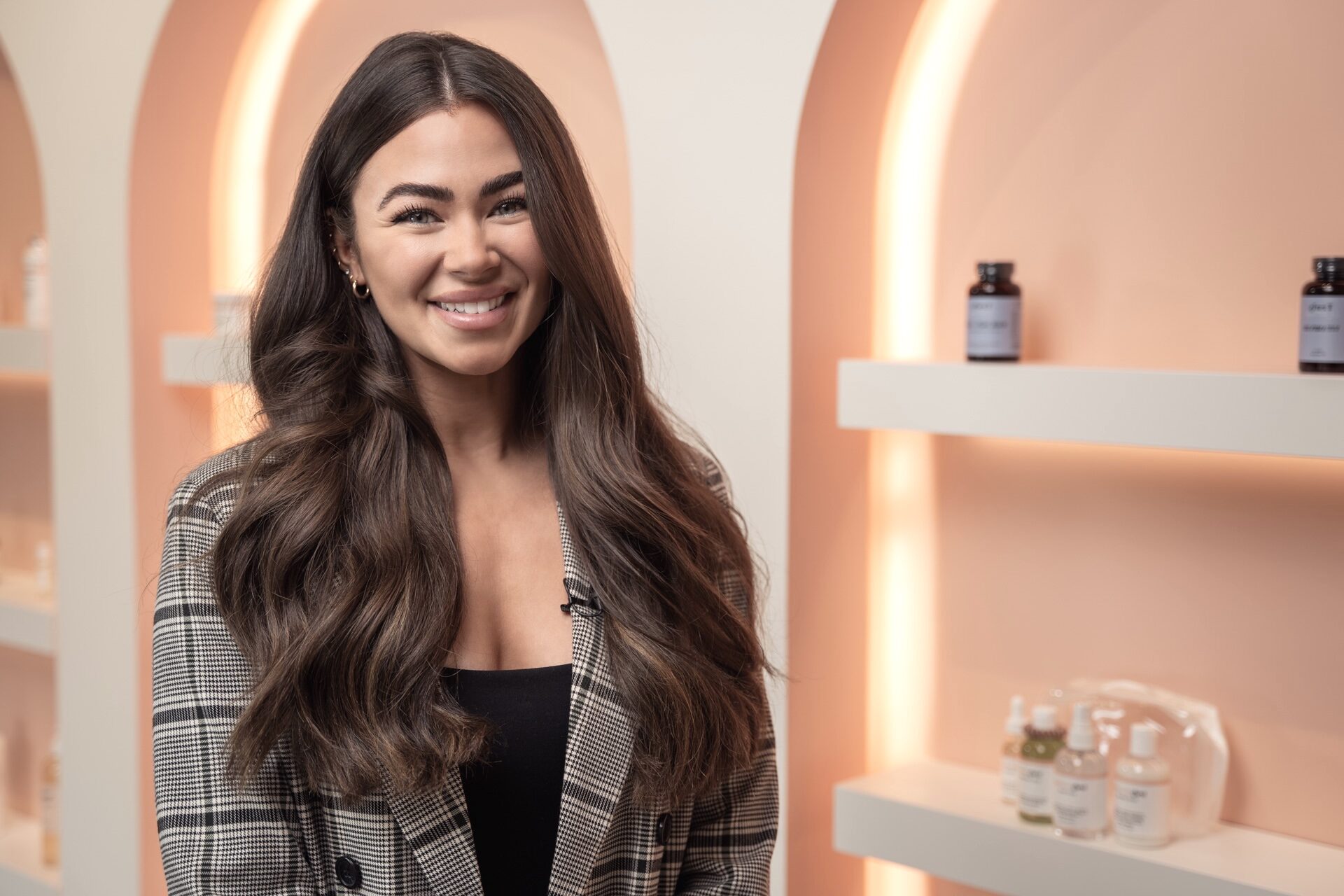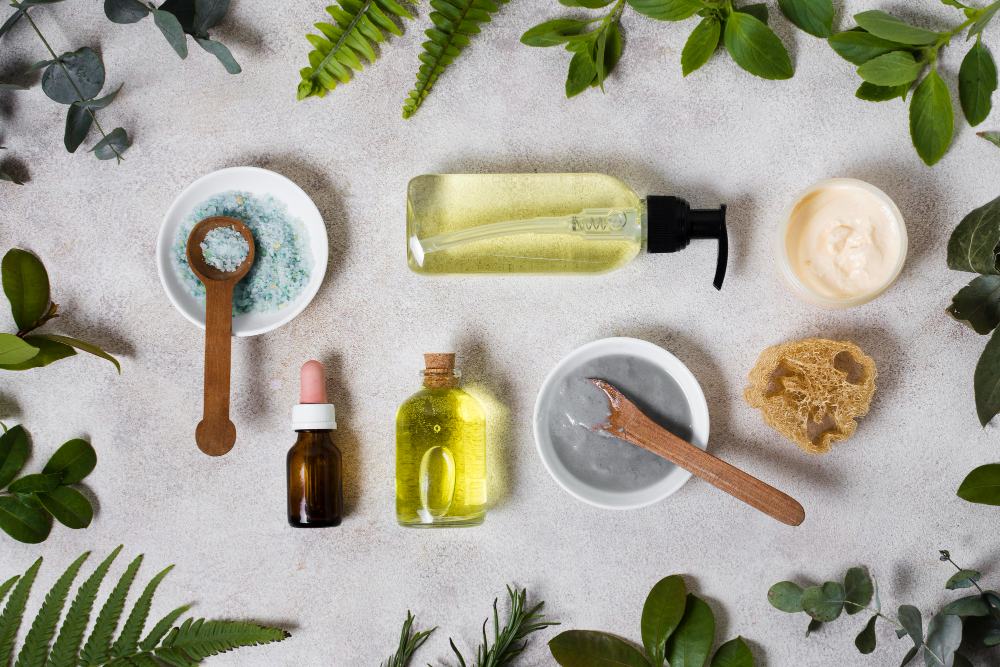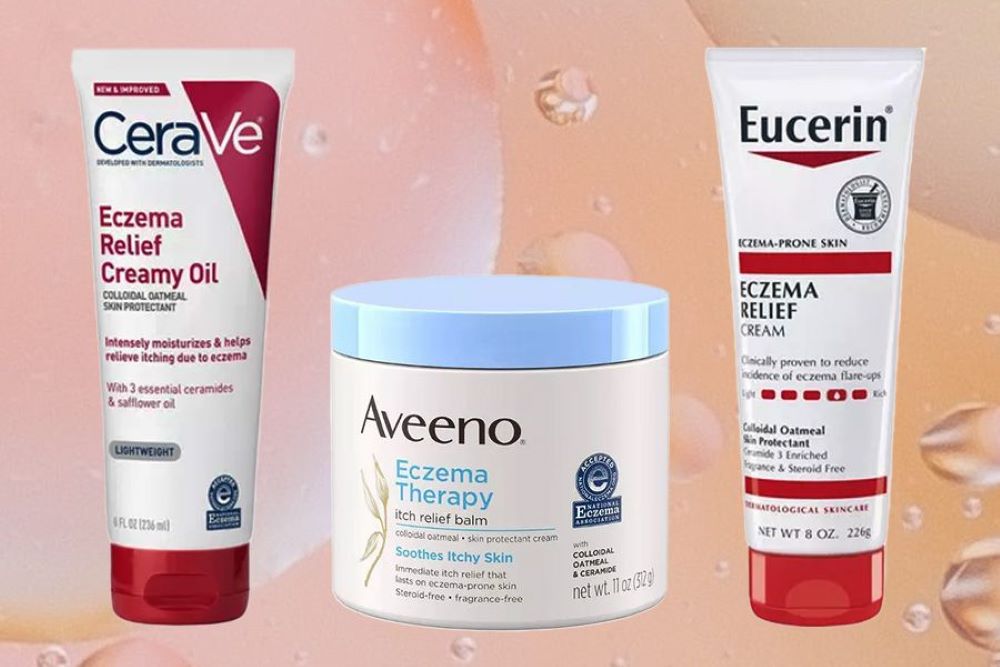The purpose of blush is to add a natural flush to your skin while also giving a bit of a glow. It can look beautiful when applied well, but knowing which blush to choose is quite tricky.
There are three factors that you need to consider when choosing blush, your skin type, your skin’s undertone, and your skin tone. Your skin type determines the best formula for you, your undertone determines the colour that looks most flattering on you and your skin tone determines the intensity your blush should have.
Skin Type
This one is pretty straightforward. It is generally recommended that people with skin on the dry side of the spectrum use products that come in either a liquid or a cream. In contrast, those with oily skin are better off sticking to a classic powder blush.
Undertone
You’ve probably heard a lot about undertones from the beauty community at this point. If you have not, your undertone is the colour temperature of your skin. For reference, there are three types of undertones, warm, cool, and neutral.
Warm undertones are most flattered by yellow, peach or golden hues. Cool undertones are flattered by pink, red and bluish hues, and neutral undertones are complemented by shades with neutral undertones such as mauves.
It is important to determine your undertone as it will help you choose which blush best suits the look that you’re going for. If you’re going for a natural look, then your blush should have the same undertones as your skin. On the other hand, it will pop more when the undertone of your blush contrasts your skin’s natural undertone.
There are a couple of ways to determine your undertone. The more popular, well-known method is by looking at your veins. If your veins are blue/purple, you have cool undertones, if your veins are green, you have warm undertones, if your veins are blue/green, you have neutral undertones.
If you’re sick and tired of hearing people talk about veins because it’s too tricky to figure out, for a natural look, your blush should match the colour of the skin on the inside of your bottom lip.
Skin Tone
To start off with a few general guidelines, the darker your skin tone, the higher intensity you can go. If you have fair skin, you want to be really sparing in your blush application, whereas if your have dark skin, you’ll want to choose blushes that are highly pigmented. Medium skin tones have the most versatility as they tend to be the most likely to have a neutral undertone, and most blush products suit medium toned skin.
Also, your blush should match your lip colour in general. So, your blush should either match the skin on the inside of your bottom lip if you’re going for a nude/natural look, or it should match your lipstick. If they don’t match, you will be in danger of wandering into clown territory.
To break things down further, here are the recommended colours for each skin tone:
Fair Skin
For fair skin it is recommended that you wear sheer, light shades and that you are very light in your application. Fair skin is often complemented by pale or soft pink, coral, and peach.
Olive Skin
Olive skin also looks best in lighter shades, although the blushes you pick don’t have to be quite as sheer as the ones for fair skin. Olive skin looks best in shades like orangey-peach, and golden-toned hues.
Medium Skin
Medium tones are generally a bit warmer, but more often than not still lean neutral. If you have a medium skin tone, you may want to choose a blush that is richer pink, warm mauve, or deep peach.
Dark Skin
For dark skin, the hardest challenge will be finding something with lots of pigment. So, lean more towards blushes that are deep fuchsia, berry, warm brown, tangerine, and brick red.
Of course, these are just suggestions, you can absolutely wear whatever colour blush you want. Makeup is about expressing yourself, and so feel free to express yourself in whatever way you please.
Lily Frances | Staff Writer

